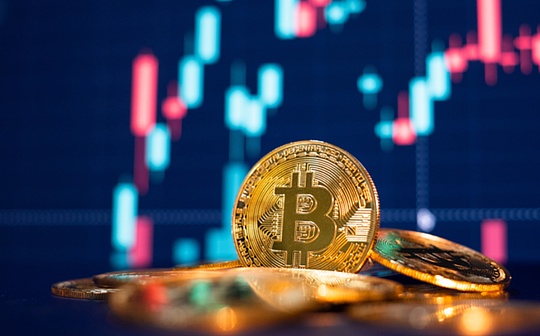
Recently, Sandeep Nailwal, co-founder of Polygon, expressed his views on social media platform X, stating that in the short to medium term, the US dollar will be stronger than ever. This assessment stands in stark contrast to the predictions made by Ray Dalio, founder of Bridgewater Associates. Nailwal believes that the rise of stablecoins is a key factor driving the dollar's strength. Not only do they continuously create demand for US Treasury bonds, but they also fundamentally reshape the relationship between the dollar and the global economy, pushing the global financial system from a traditional B2B model towards a B2C model.
Stablecoins: A New Engine for US Dollar Demand
Stablecoins, a type of cryptocurrency backed by fiat currencies (primarily the US dollar), have rapidly gained popularity worldwide in recent years. Nailwal pointed out that stablecoins are continuously generating demand for US Treasury bonds. This is because most major stablecoins (such as USDT and USDC) invest a significant portion of their reserve assets into short-term dollar-denominated assets like US Treasuries. As the market capitalization of stablecoins continues to grow, this demand rises correspondingly, thereby providing solid support for the US dollar.
More importantly, stablecoins are changing how the US dollar interacts with the global economy. Traditionally, the dollar's international status relied mainly on its use between nations and large institutions (B2B), such as for international trade settlements, central bank reserves, and financing for multinational corporations. The emergence of stablecoins has expanded the direct use cases of the dollar to end consumers (B2C). Individual users can directly hold and use digital dollars through stablecoins for cross-border payments, savings, and even daily consumption, significantly enhancing the dollar's penetration and utility.
Restructuring the Global Financial System: From B2B to B2C
This shift from B2B to B2C marks the arrival of the "Dollarization 2.0" era. Nailwal emphasized that this process is happening in real-time across the globe. From Latin America to Africa, the economic systems of many regions are being restructured around the digital dollar. In areas with high inflation and unstable local currencies, individuals and businesses are increasingly adopting dollar-backed stablecoins as a store of value and medium of exchange to hedge against the risks of local currency devaluation and capital controls.
For instance, in countries like Argentina and Nigeria, stablecoins have become part of daily life for many, used for remittances, payments, and even salary settlements. This bottom-up dollarization process not only strengthens the international position of the US dollar but also poses unprecedented challenges to the monetary sovereignty of various nations.
Pressure on National Monetary Sovereignty and Responses
Nailwal warned that as Dollarization 2.0 advances, national monetary sovereignty will face significant pressure. If a local currency cannot provide sufficient stability and convenience, the public and markets might turn to digital dollars, leading to capital outflows and the failure of monetary policies.
In the face of this trend, Nailwal believes that governments should not simply ban or resist stablecoins but should adopt more open and forward-looking strategies. He suggests that every country should allow and promote the development of "open" local stablecoins. These local stablecoins could be pegged to the national currency and leverage blockchain technology to enhance transparency and efficiency, thereby improving the competitiveness of the national financial system while maintaining financial stability and monetary sovereignty.
Conclusion
In summary, the perspective of Sandeep Nailwal, co-founder of Polygon, provides a unique lens through which to understand the current global financial transformation. Stablecoins are not merely a product of technological innovation but a significant force reshaping the global monetary landscape. By creating sustained demand for the US dollar and changing how it is used, stablecoins are driving the dollar's strength in the short to medium term. Simultaneously, the wave of Dollarization 2.0 poses severe challenges to national monetary sovereignty, forcing countries to rethink their monetary and financial policies. In this rapidly changing era, embracing innovation and fostering open competition might be key to maintaining financial competitiveness.
















